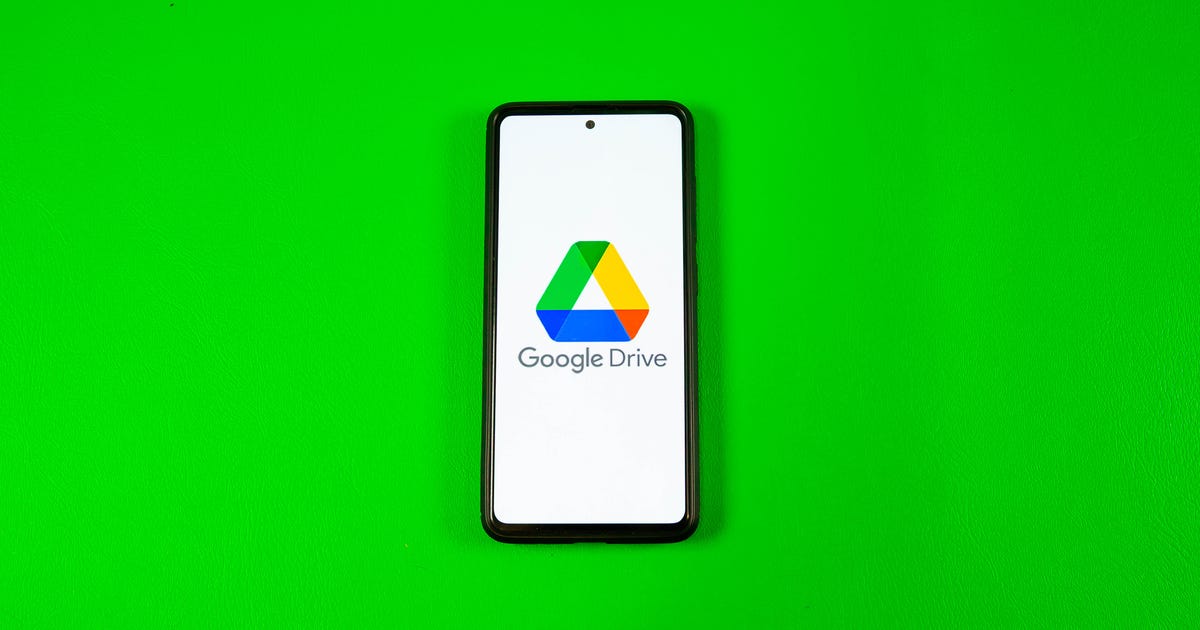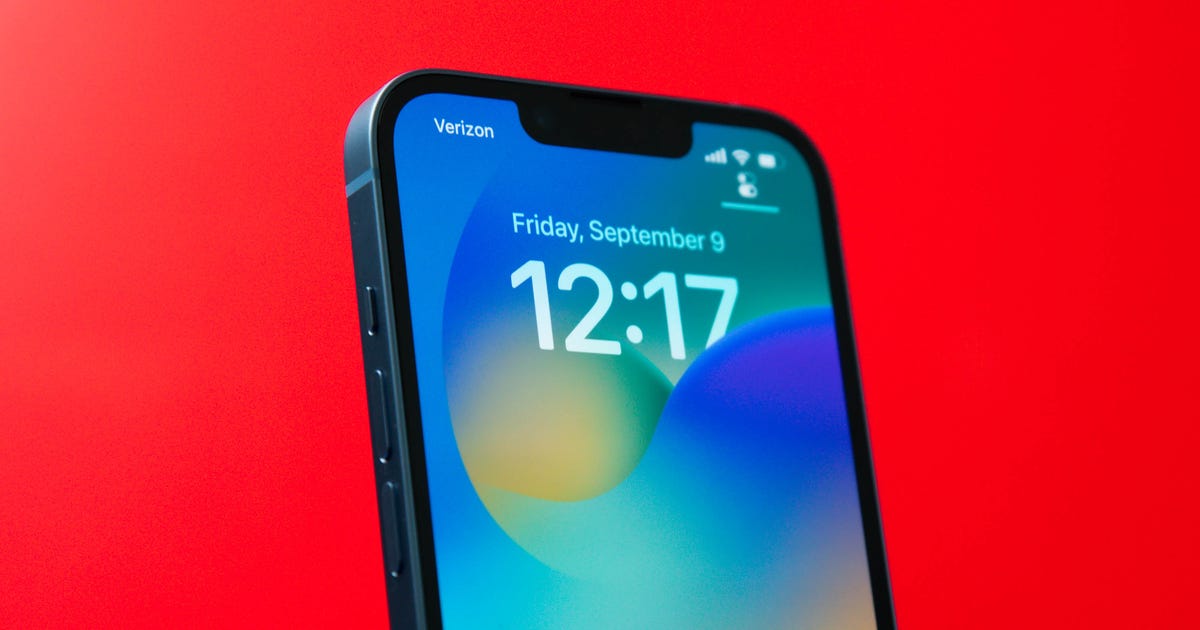Apple Pay has landed in its fifth country, one that offers great opportunities but some significant challenges.
Apple on Wednesday announced the launch of Apple Pay in China on its Developer page as well as through the Weibo account of CEO Tim Cook. Chinese consumers will now be able to use the service to purchase items at supported retailers using their iPhones and Apple Watches.
The ability to pay for goods via a smartphone has been around for years, especially in countries like China. Launched in 2014, Apple Pay helped kindle consumer interest in the concept. Apple faces competition from Samsung Pay and Google’s Android Pay. Also looking to jump on the mobile payments bandwagon are banks such as JP Morgan and retailers such as Walmart.
Apple Pay is already being used in the US, UK, Canada and Australia. To gain more of a foothold, the service needs to expand to more countries. China represents a major coup as it’s the world’s largest smartphone market and Apple’s second biggest market in terms of revenue.
Related stories
- Everything you want to know about Apple Pay
- Apple Pay by the numbers: Over 1M US locations
- Samsung Pay vs. Apple Pay: There’s a difference
- Can a phone replace your wallet? I went shopping to find out.
Apple Pay faces key challenges at winning over Chinese consumers. Many of them already pay for items via their phones using services provided by one of the country’s two major online companies: Tencent Holdings and Alibaba Group. At the end of last year, 358 million Chinese had been paying for goods via their smartphones, Reuters reported on Thursday, which cited data from the China Internet Network Information Center.
Further, Apple Pay requires retailers to equip their point-of-sale terminals with NFC, or near-field communications technology, which communicates with a similarly-equipped iPhone or Apple Watch. Alibaba’s Alipay system can conduct a transaction by displaying QR (quick response) codes, which can be read by more phones, according to BBC News. Alipay also supports both iOS and Android devices.
“With 100 percent saturation of local payment systems, no one in China is clamoring for Apple Pay,” one retailer, who declined to be named for fear of harming business prospects, told Reuters. “Today, everyone has a local payment option on their phone, so Apple Pay is a solution in need of a problem.”
To try to compete with Tencent’s Tenpay service and Alipay, Apple has partnered with UnionPay, a bankcard association that dominates the country’s credit and debit card processing market. Apple Pay is also currently supported by 19 different Chinese banks and lenders, which means the service can work with around 80 percent of China’s credit and debit cards, Jennifer Bailey, vice president of Apple Pay, told Reuters.
For making in-store transactions, Apple Pay works with the iPhone 6S, iPhone 6S Plus, iPhone 6, iPhone 6 Plus and Apple Watch. For making in-app purchases, the service works with all those devices as well as with the iPad Air 2, iPad Mini 3, iPad Mini 4 and iPad Pro.
Apple did not immediately respond to a request for comment.




